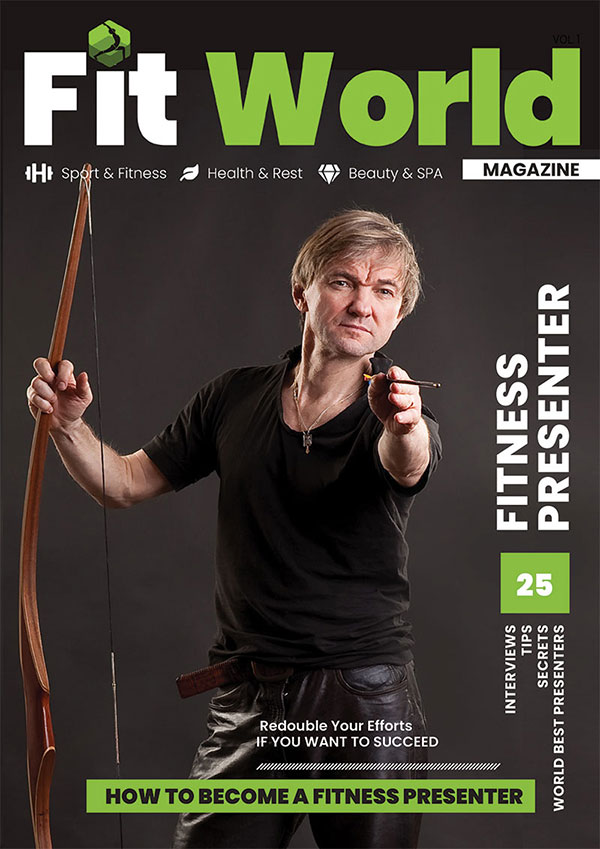This is a tricky area – it’s not easy to achieve the perfect leg shape. So, before you hit the road to see a surgeon or sign up for a machine, start with the basics: diet and exercise. The results will impress you.
First, let’s figure out exactly what we want to get rid of. Legs, like everything else, are made up of bones, tendons, muscle tissue, fat tissue and water. Exercise can’t rid you of fatty tissue.
Fat loss, and therefore size reduction, is achieved not through special exercises, but through a comprehensive approach.
- Adjusting the diet
No, it is not necessary to undergo a special diet. Your diet should be balanced and contain proteins, fats and carbohydrates (yes, also carbohydrates).
Calorie intake, with few exceptions, should not be below 1200 kcal, so if the amount of carbohydrate is slightly reduced, the amount of protein should be increased accordingly so as not to create a calorie deficit.
You should eat frequent portions of food, 5-6 times a day, so that you always have a feeling of fullness, and sometimes you don’t want to “eat an elephant”, i.e. more than your body can absorb, and not deposit fat.
Dietary fat should be about 0.7-1 g per kg of weight.
Sweets and flour should be avoided. All simple sugars, fizzy drinks, chocolate, sweets, biscuits and all full-fat products and saturated fats – cream, sour cream, cottage cheese, butter and margarine, as well as fatty meats – should be removed from the menu.
The diet should include plenty of vegetables (preferably fresh) and fruit (in the morning).
- Adjusting the workout
To burn fat and get slimmer legs, you should combine strength and aerobic training. For aerobic exercises, you can choose between brisk walking, hill walking, elliptical machines and horizontal or vertical steppers. Your heart rate should stay around 140 beats per minute.
It is better to eat nothing or 1.5 hours before the workout to burn fat, and the workout should be at least 30 minutes because the body first burns glycogen from muscle tissue to get energy.
Why do you need strength training?
- They require more energy.
- Muscles need a lot of energy to recover, so metabolic processes in the body occur rapidly for a long time even after the workout (about 24 hours).
- Muscle tissue needs more energy to function, so the more of it there is in our body, the higher the basal metabolism.
There are a huge number of exercises, techniques (supersets, drop-sets, pre-fatigue principles, etc) for leg strength training. It’s a good idea to train legs no more than 2 times a week to allow such a large muscle group enough time to recover.
It’s a good idea to combine basic (squats, lunges, leg presses) and isolation exercises (leg curls, leg extensions, leg raises and leg splits), include plyometric exercises (various jumps) to develop strength, strengthen muscles and make muscles and tendons flexible, and don’t forget about repetitive leg raises to give your calves a nice shape.
Example of a proper leg workout
Warm up (walking, squatting with a collected weight).
Shin curl, 2 attempts of 15 times.
Squats with barbell, 3 sets of 15 times.
Leg press, 3 sets of 15 times.
Plie with push-ups, 3 sets of 15/20 times.
Hill walk, 20 minutes.














